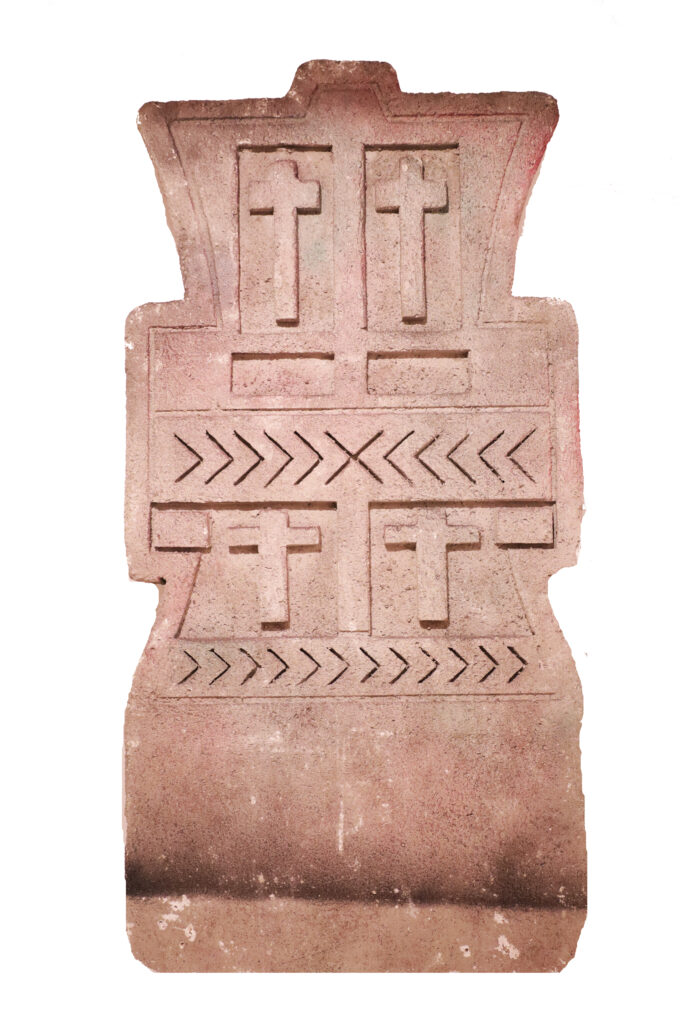
This cemetery stone is not only a symbol of untold histories, it was a prop used in the film Mary, the Heart of Romania directed by John Florescu, supervisor producer Viorel Chesaru (2018). Romania’s English Queen tells the story of how Marie, the granddaughter of Queen Victoria, fought for Romania’s survival during the turbulent years of World War One. She dazzled the world’s leaders at the 1918 Paris Peace Conference and managed to double the size of her country. Her tale is one of political triumph and personal sorrow. She became the bride of Prince Ferdinand of Romania in 1893, at first she felt like an outsider at a faraway court. In the merciless war, the English Queen was reduced to eating beans while nursing the Romanian devastated army. We know how she felt because she wrote it all down in a remarkable series of diaries and notebooks, including a romance with a dashing aristocrat. Throughout the film, Marie tells her own story in her own words.
The cemetery stone, once a prop, carries a unique symbolism that extends beyond its physical form. It becomes a bridge between the tangible reality of history and the immersive world of cinema—a testament to the interconnectedness of storytelling, memory, and the enduring echoes of the past.
In the juxtaposition of the cemetery stone’s traditional significance and its newfound role as a cinematic artifact, we find a powerful metaphor. It symbolizes the enduring nature of stories, the persistence of memory, and the transformative impact of film in shaping our collective understanding of history. Just as a stone stands as a marker of remembrance in a cemetery, so too does it serve as a symbol in cinema—a visual epitaph that transcends time, immortalizing the tales it bears witness to. – Mirona Radu, curator
